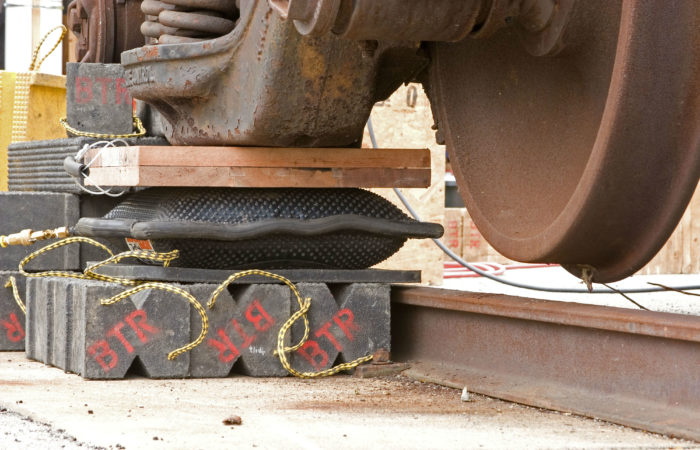Pneumatic lifting equipment plays a vital role in various industries, providing efficient and versatile solutions for lifting and moving heavy loads. Regular inspection and maintenance are essential to ensure the continued reliability and safety of these systems.
With an experience that spans over 50 years, experts at Hovair Systems share some insights into the best practices for inspecting and maintaining pneumatic material handling equipment, from conducting routine checks to addressing common maintenance issues and optimizing performance.
Establishing a Regular Inspection Schedule
The foundation of effective maintenance lies in establishing a regular inspection schedule for pneumatic lifting and rigging equipment. This schedule should include routine visual inspections, as well as more comprehensive inspections conducted by trained professionals at scheduled intervals. Regular inspections help identify potential issues early on, allowing for timely repairs and minimizing the risk of equipment failure.
Conducting Visual Inspections
Visual inspections are an essential component of equipment maintenance, providing an opportunity to identify visible signs of wear, damage, or malfunction.
During visual inspections, operators should check for leaks, cracks, loose fittings, and abnormal noises. Additionally, they should inspect pneumatic hoses, connectors, and control valves for signs of wear or deterioration.
Any anomalies detected during visual inspections should be addressed promptly to prevent further damage.
Performing Functional Tests
Functional tests involve operating the equipment under load to ensure that it functions correctly and safely. Operators should test the equipment’s lifting capacity, stability, and responsiveness, as well as its safety features, such as emergency stop buttons and overload protection systems. Performing regular functional tests helps identify potential issues with the equipment’s operation and ensures its reliability during use.
Monitoring Air Pressure and System Performance
Maintaining proper air pressure is critical for the safe and effective operation of pneumatic lifting equipment. Operators should regularly monitor air pressure levels using pressure gauges and ensure that they fall within the recommended range specified by the manufacturer.
Deviations from the optimal air pressure can affect the lifting capacity, stability, and overall performance of the equipment. Additionally, operators should monitor system performance during operation, paying attention to any fluctuations or abnormalities that may indicate underlying issues.

Lubricating Moving Parts
Proper lubrication is essential for ensuring smooth operation and extending the service life of pneumatic lifting and rigging equipment. Operators should lubricate moving parts such as pistons, cylinders, and bearings regularly using the appropriate lubricants recommended by the manufacturer.
Lubrication helps reduce friction, wear, and corrosion, ensuring that the equipment operates smoothly and efficiently. It is essential to follow the manufacturer’s guidelines for lubrication intervals and use compatible lubricants to avoid damage to the equipment.
Training Personnel
Proper training of personnel is essential for safe and effective operation of pneumatic lifting equipment.
Operators should receive comprehensive training on equipment operation, maintenance procedures, and safety protocols to ensure they can perform their duties competently and confidently.
Training should cover topics such as proper lifting techniques, equipment inspection and maintenance, emergency procedures, and hazard recognition.
Addressing Wear and Tear
Over time, pneumatic lifting and rigging equipment may experience wear and tear due to regular use and environmental factors.
Operators should proactively address wear and tear by replacing worn components as needed. Additionally, they should inspect pneumatic hoses and connectors for signs of wear, abrasion, or deterioration and replace them if necessary.
Addressing wear and tear promptly helps prevent equipment failure and ensures the continued safety and reliability of the equipment.
If you think it is time to replace or upgrade your material handling equipment, explore the wide range of air bearing moving systems available at Hovair Systems. We offer standard and customized options for air bearing kits, air casters, air beams, air skates, load leveling airbags, automotive or industrial turntables, as well as other lifting & rigging equipment.
Call 1-800-237-4518 to learn more.
